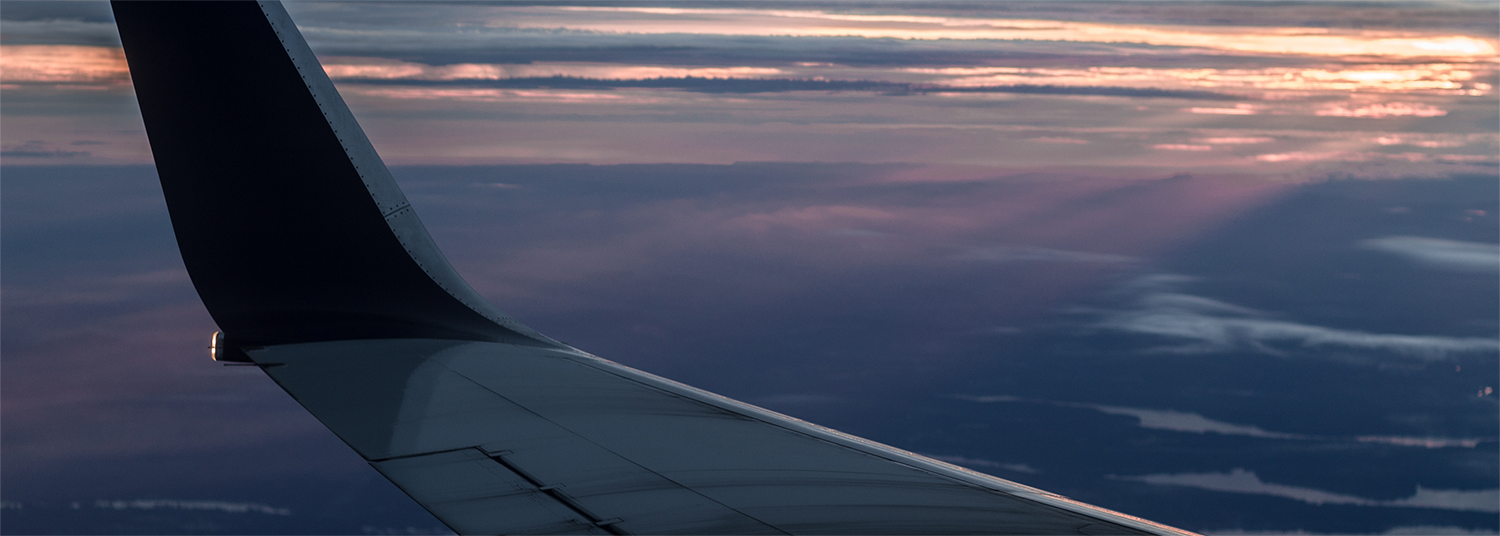


Source: Simon Hradecky | www.avherald.com
A Swiss International Airlines Airbus A320-200, registration HB-JLP performing flight LX-966 from Zurich (Switzerland) to Berlin (Germany) with 19 passengers and 7 crew, was on approach to Berlin Brandenburg Airport’s runway 25L when the crew donned their oxygen masks and advised ATC, they had light smoke in the cockpit, the cabin was not affected. The aircraft continued the approach and landed safely with emergency services on stand by.
A passenger reported they were landing in Berlin and noticed fire engines awaiting them at the runway. After landing the captain announced that they did have fumes in the cockpit during approach and landing and had donned their oxygen masks.
Germany’s DFS (ATC provider) reported the crew donned their oxygen masks and reported light smoke in the cockpit during the approach to Berlin, adding that the cabin was not affected. No emergency was declared, the crew continued the approach calmly and normally. Tower dispatched emergency services in coordination with the crew.
The airline believed in their first statement the occurrence was on the return flight LX-967, however, confirmed the occurrence as detailed.
The aircraft remained on the ground in Berlin for about 7 hours, then departed for the return flight LX-967 and landed in Zurich about 60 minutes later, however, again with fumes in the cockpit, see Incident: Swiss A320 at Zurich on Jun 13th 2021, fumes in cockpit.
On Jun 17th 2021 the airline confirmed there was an odour on approach to Berlin. The APU was disabled under minimum equipment list requirements on the ground in Berlin and the aircraft returned to Zurich, however, on the return the odour occurred again.
View original article
Leave a Reply